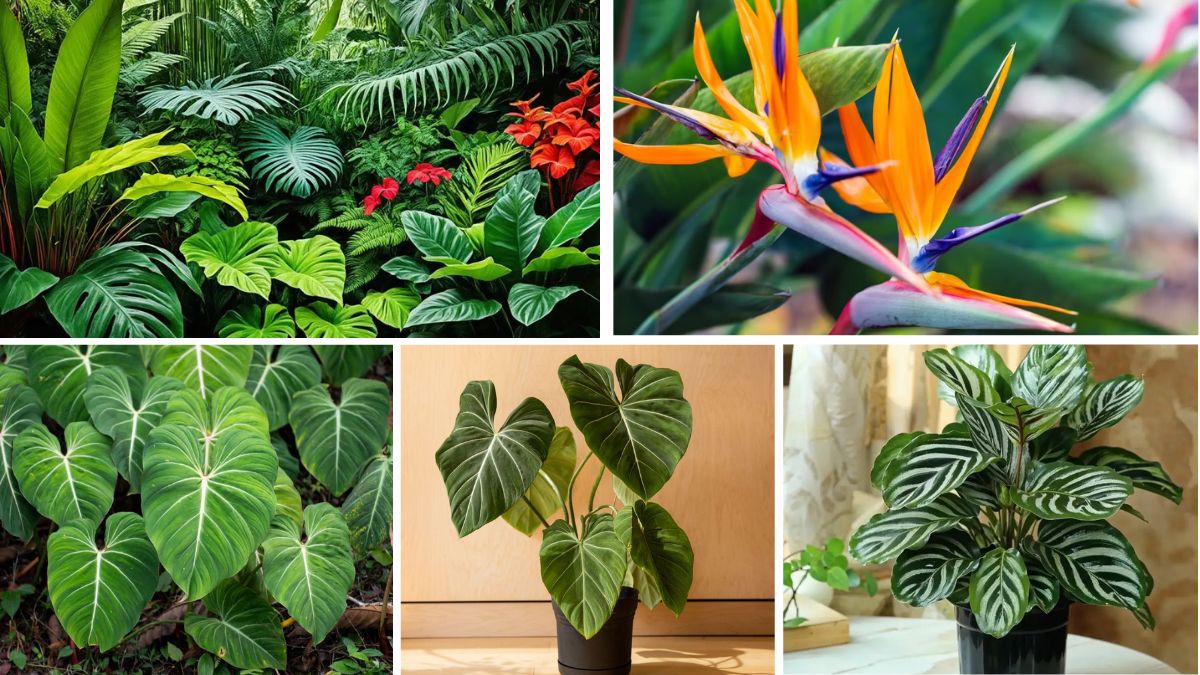The allure of rare and exotic plants lies in their unique forms, vibrant colors, and often unusual growth habits. Collectors and garden enthusiasts alike find joy in cultivating these botanical treasures, which can turn an ordinary garden into a captivating display of nature’s diversity. However, growing rare and exotic plants successfully requires special care, knowledge, and attention. These plants often have very specific needs that differ significantly from common garden species. This guide will provide you with essential tips to help you nurture rare and exotic plants effectively, ensuring they thrive and become the highlight of your collection.
Understanding Rare and Exotic Plants
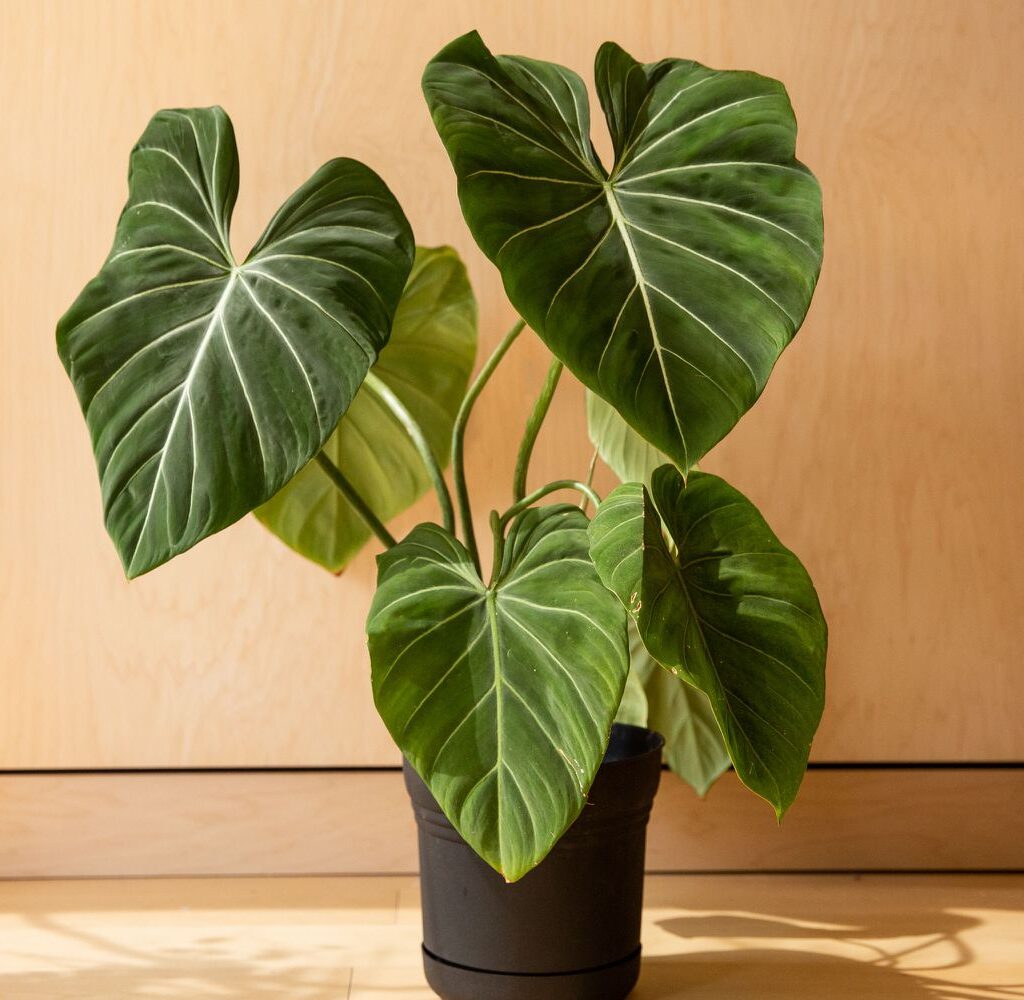
Rare and exotic plants are those that are not commonly found in local nurseries or natural environments. They may originate from distant regions with unique climates, soil types, and ecosystems. Examples include tropical orchids, carnivorous plants, unusual succulents like Lithops, exotic ferns, or rare orchids. Understanding the origin and natural habitat of the plants you wish to grow is the foundation of their successful cultivation.
Tip 1: Research Extensively Before You Start

Growing rare and exotic plants requires thorough research. Learn about:
- Native habitat and climate: Temperature, humidity, rainfall, and sunlight patterns.
- Soil requirements: pH, texture, drainage, and organic content.
- Watering needs: Frequency and quality of water (e.g., rainwater vs. tap water).
- Growth habits and size: How large they get, growth rate, and seasonal behavior.
Use reliable sources such as botanical books, academic articles, and trusted online forums or plant societies specializing in your plant species.
Tip 2: Mimic Natural Conditions as Closely as Possible
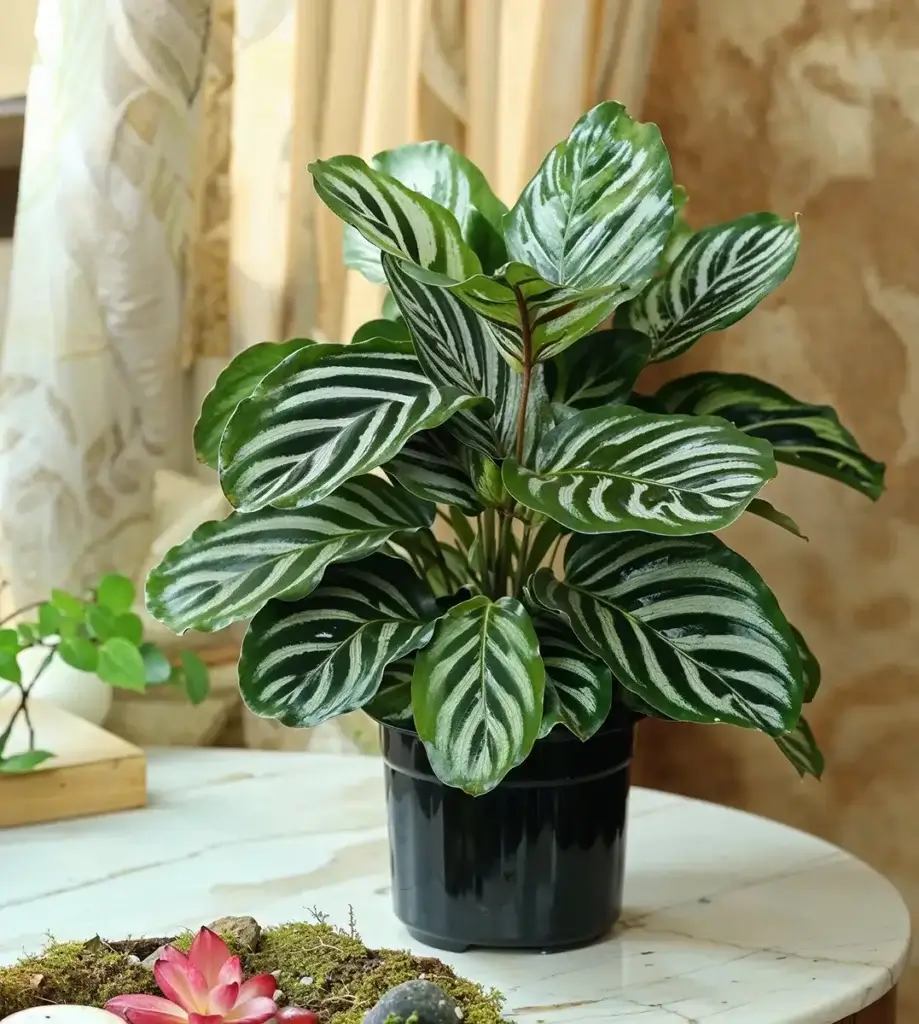
Rare and exotic plants thrive when their growing environment mimics their natural habitat:
- Temperature Control: Many tropical plants need warm, stable temperatures, while alpine plants require cooler conditions.
- Humidity: Tropical and rainforest plants often need high humidity, which can be provided with humidifiers, pebble trays, or terrariums.
- Light: Provide the right type of light — direct, filtered, or low light — depending on the species.
- Soil and Growing Medium: Use specific mixes such as orchid bark, sphagnum moss, or sand to replicate their native soil conditions.
Tip 3: Choose the Right Growing Medium
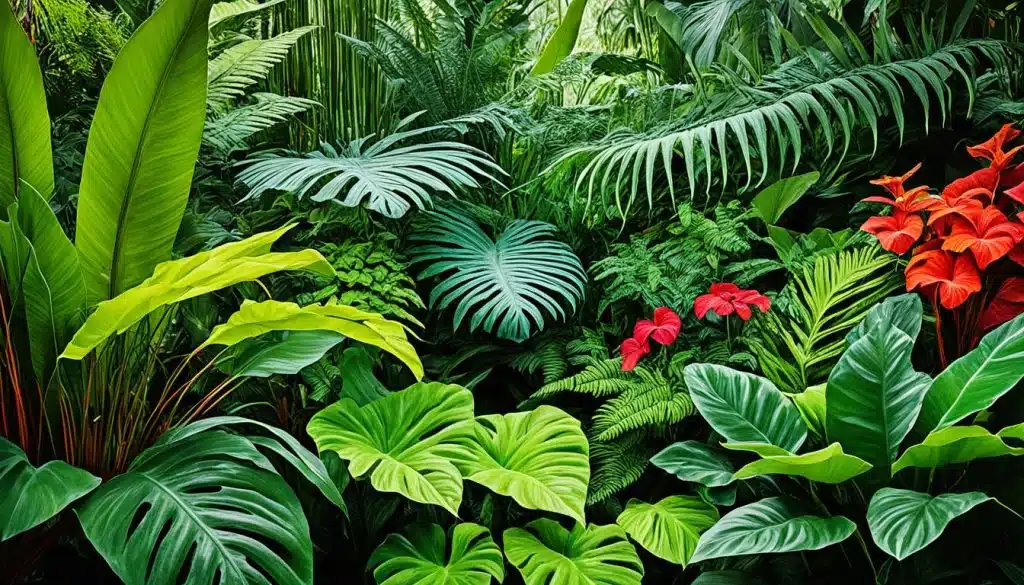
Rare plants often have specialized root systems and require customized soil mixes.
- Orchids typically grow on trees and require airy, well-draining orchid bark or sphagnum moss.
- Carnivorous plants like Venus flytraps thrive in acidic, nutrient-poor peat moss mixes.
- Succulents and cacti need gritty, fast-draining soil with sand or perlite.
- Ferns prefer rich, humus-laden, moisture-retentive soils.
Avoid heavy, clay soils that retain too much moisture unless the plant’s natural habitat calls for it.
Tip 4: Water with Care
Watering requirements for rare and exotic plants vary widely.
- Avoid overwatering, which can cause root rot, especially for succulents and epiphytic plants.
- Use rainwater or distilled water for sensitive plants that dislike minerals found in tap water.
- Some plants require periods of dryness between waterings, mimicking seasonal droughts.
- Others need consistently moist soil or high humidity.
Understanding and adjusting to the plant’s natural water cycle is crucial.
Tip 5: Provide Appropriate Light
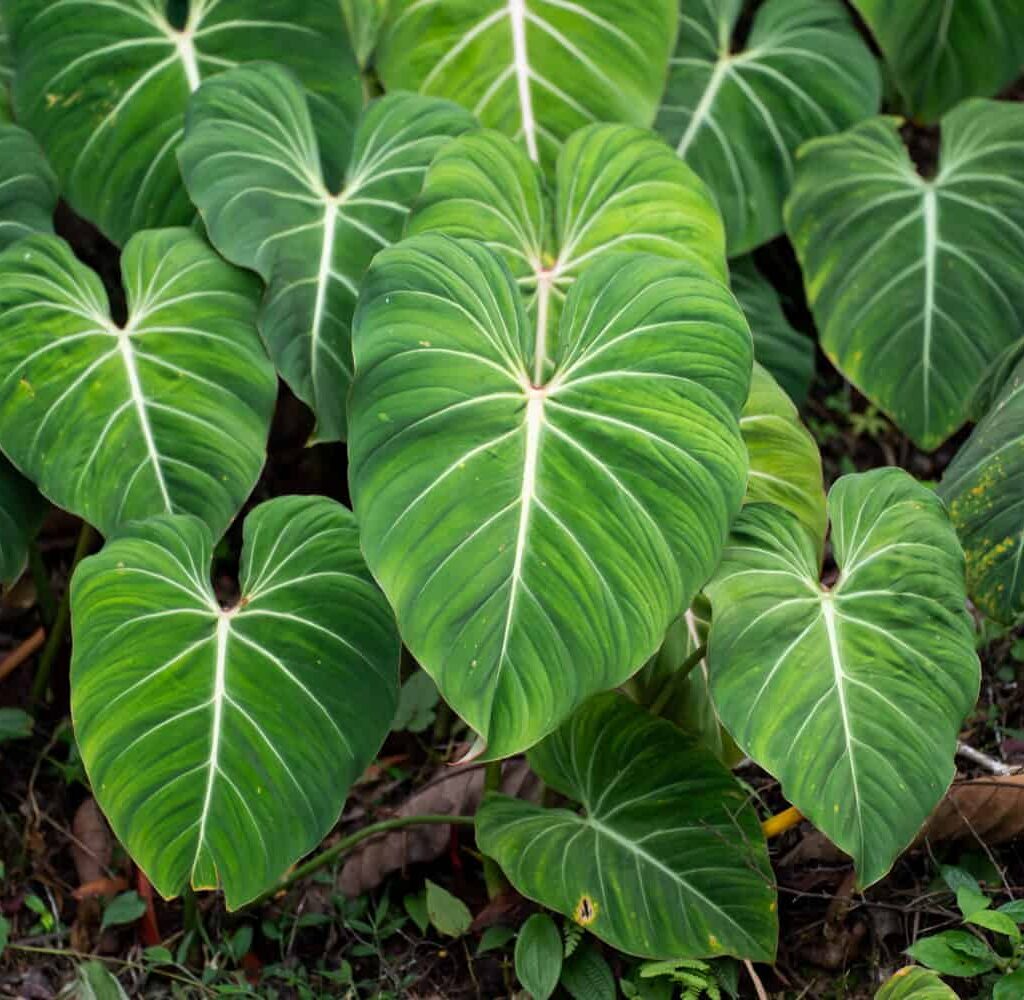
Light intensity and duration profoundly impact rare plants’ health.
- Many tropical plants prefer bright, indirect light.
- Desert plants thrive in full sun.
- Some understory plants require low to medium light.
- Use grow lights if natural sunlight is insufficient or inconsistent, especially in indoor or temperate regions.
Rotate your plants regularly to ensure even light exposure.
Tip 6: Maintain Optimal Temperature and Humidity
Rare and exotic plants are often sensitive to temperature fluctuations.
- Use grow tents, greenhouses, or indoor climate control to maintain consistent temperatures.
- Tropical plants typically prefer humidity levels between 50-80%.
- Use humidifiers or group plants together to create microclimates.
- For alpine or cool-climate plants, ensure temperatures don’t rise too high during summer.
Tip 7: Fertilize Thoughtfully
Rare plants generally require gentle feeding tailored to their growth cycle.
- Use diluted, balanced fertilizers during active growth phases.
- Some exotic plants, like carnivores, prefer little to no fertilizer.
- Organic options like compost teas or fish emulsion are preferred by many growers.
- Avoid fertilizing during dormancy.
Tip 8: Repot and Handle with Care
Many rare plants have delicate roots or specific potting needs.
- Repot only when necessary, such as when the plant outgrows its container.
- Use pots with excellent drainage.
- Handle roots gently to avoid damage.
- For epiphytes like orchids, mounting on bark or tree fern slabs might be preferable to potting.
Tip 9: Watch for Pests and Diseases
Rare plants may be vulnerable to pests like mealybugs, spider mites, aphids, and fungal infections.
- Inspect plants regularly.
- Use natural pest control methods such as neem oil or insecticidal soaps.
- Quarantine new plants to prevent the spread of pests or diseases.
- Maintain cleanliness in your growing area.
Tip 10: Be Patient and Observant
Rare and exotic plants often grow slower or have specific growth cycles.
- Patience is vital; some plants bloom only after several years.
- Keep detailed notes on watering, feeding, temperature, and growth to learn what works best.
- Adjust care based on your observations.
Bonus Tips for Rare Plant Enthusiasts
- Join plant societies or clubs: Networking with fellow growers provides valuable insights.
- Propagate carefully: Many rare plants can be propagated by cuttings, division, or seed, helping you grow your collection.
- Invest in proper equipment: Humidifiers, grow lights, and quality pots enhance success.
- Be mindful of conservation: Obtain rare plants legally and responsibly.
Conclusion
Growing rare and exotic plants successfully is a deeply rewarding challenge that combines botanical knowledge with attentive care. By researching your plants thoroughly, replicating their natural environment, using appropriate soil and watering techniques, and practicing patience, you can nurture these botanical gems to thrive in your home or garden. With dedication and curiosity, your collection of rare and exotic plants will flourish, bringing unmatched beauty and fascination to your green space.
